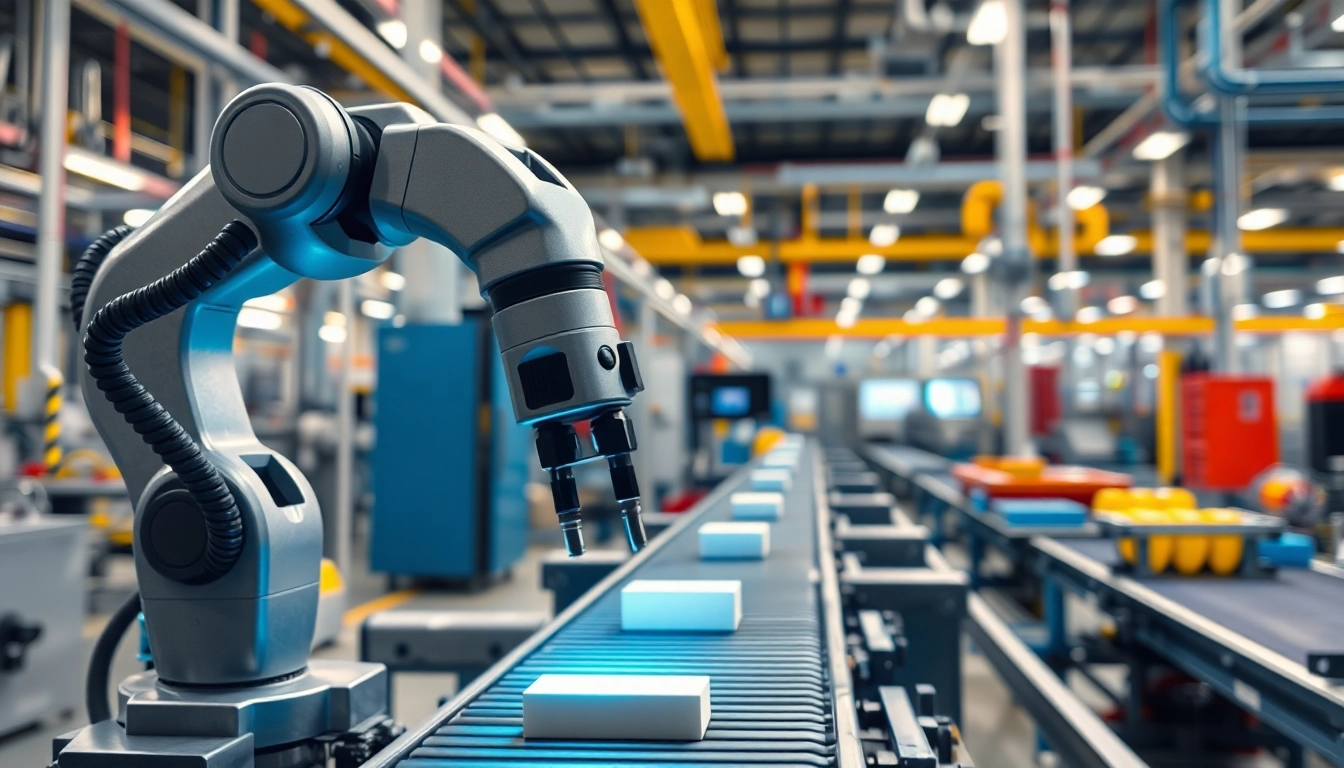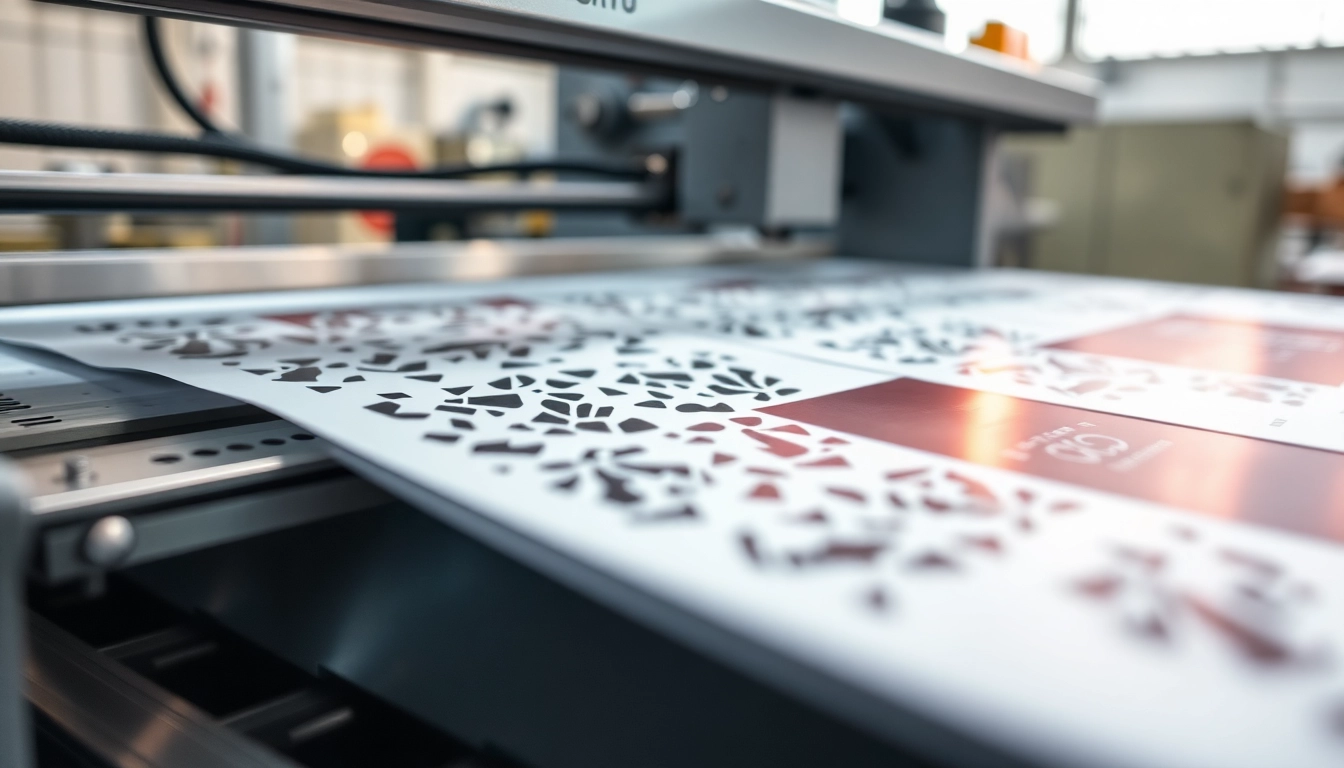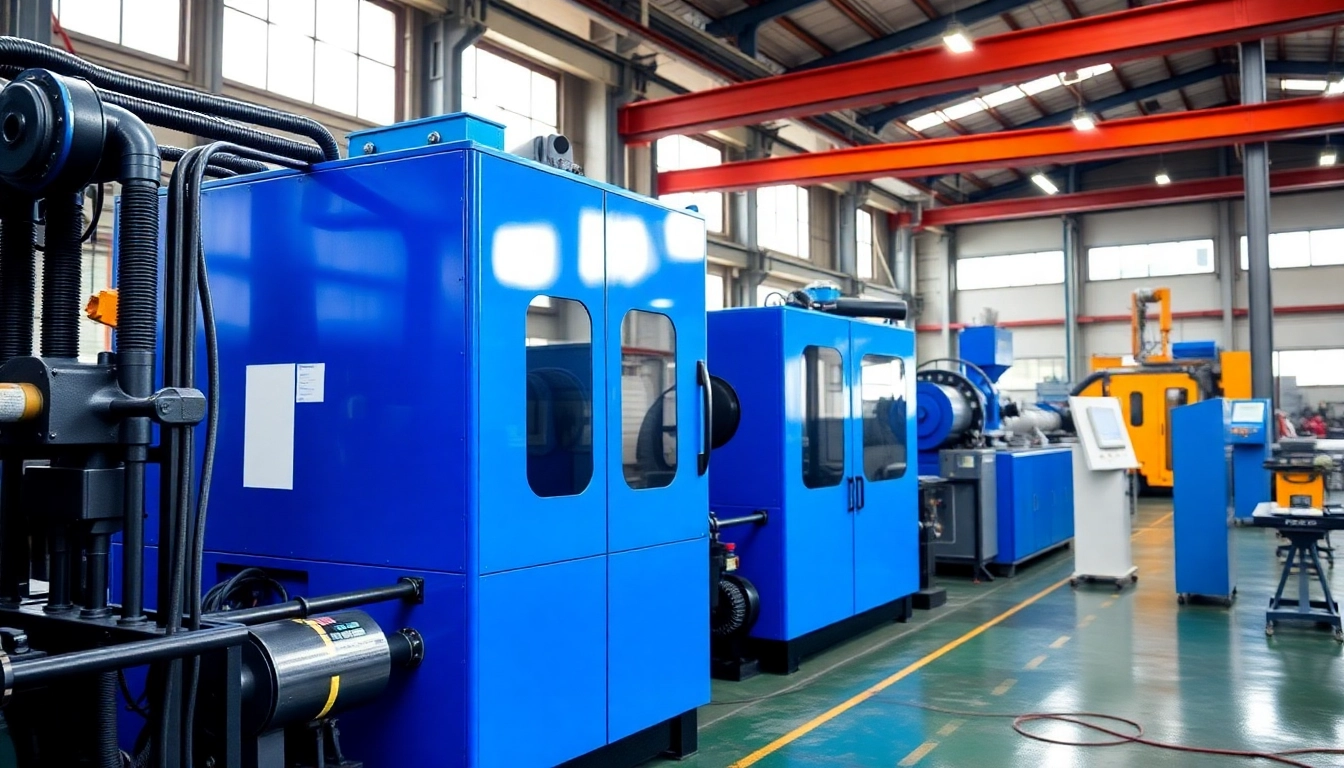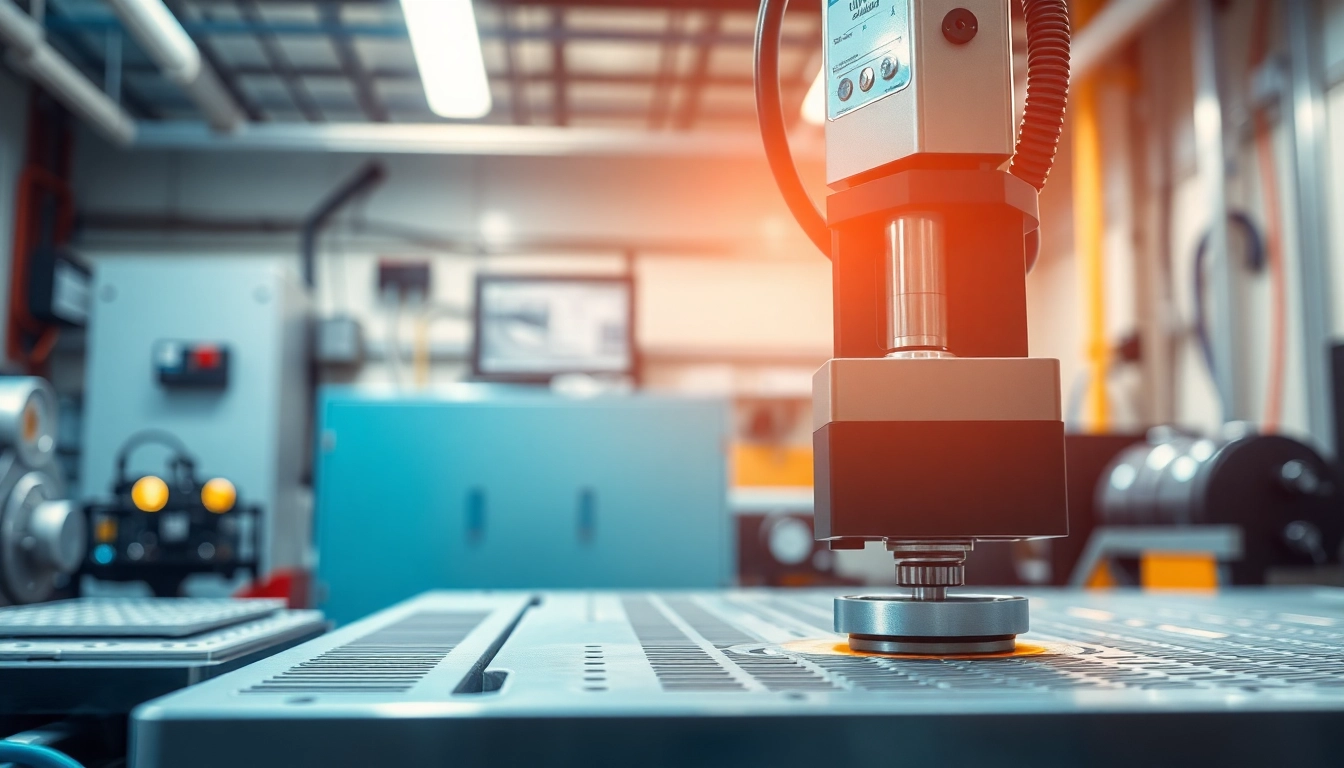Introduction to Machine Vision
In the rapidly evolving landscape of industrial automation and artificial intelligence, machine vision stands out as a pivotal technology. It empowers machines to interpret and act upon visual inputs, significantly enhancing productivity and efficiency across various sectors. This article delves into the intricate world of machine vision, exploring its definitions, historical evolution, critical components, diverse applications, implementation challenges, and future trends.
What is Machine Vision?
Machine vision refers to the technology and methods employed in enabling machines to “see” and comprehend visual information from the environment. This involves the use of cameras, processing hardware, and complex algorithms designed to extract meaningful insights from images and videos. Unlike traditional imaging techniques that rely on human observation, machine vision systems automate the analysis process, allowing for high-speed, high-accuracy inspections that are essential in modern manufacturing and quality control.
Historical Background and Evolution
The roots of machine vision can be traced back to the early days of automation, with experiments in image processing dating as far back as the 1950s. However, it wasn’t until the advent of digital technology in the 1980s that machine vision systems gained widespread traction in industrial settings. The integration of advanced algorithms and improvements in camera technology have continually propelled machine vision forward, facilitating applications in areas such as automotive manufacturing, food inspection, and even healthcare diagnostics.
Importance in Modern Industries
Today, machine vision plays a critical role in enhancing operational efficiency and maintaining quality standards across various industries. In manufacturing, for instance, it enables rapid defect detection, automated sorting, and precision inspection, all of which are crucial for minimizing waste and ensuring product consistency. Additionally, sectors like agriculture, automotive, and electronics leverage machine vision to bolster productivity, reduce labor costs, and improve safety protocols.
Key Components of Machine Vision Systems
Cameras and Imaging Technology
Cameras are the eyes of any machine vision system. They capture high-resolution images or videos of objects in real-time, which are pivotal for subsequent analysis. Various types of cameras are used depending on the application, including area scan cameras for flat objects, line scan cameras for continuous processes, and 3D cameras that provide depth perception. The choice of imaging technology directly impacts the quality and accuracy of inspections performed by machine vision systems.
Lighting Techniques for Optimal Performance
Proper lighting is indispensable in machine vision applications, as it influences image clarity and analysis accuracy. Different lighting techniques, such as backlighting, bright field, and dark field illumination, can be employed to enhance contrast and visibility. The selection of the appropriate lighting method is often driven by the specific characteristics of the items being inspected, including materials and surface textures, which can affect how objects are visualized.
Software Algorithms and Processing
The processing component of a machine vision system encompasses software algorithms that analyze captured images. These algorithms can range from simple thresholding techniques to advanced machine learning models that classify and detect patterns. The implementation of robust software solutions not only boosts the system’s ability to discern traditional defects but also empowers it to adapt and improve through learning from new data inputs.
Applications of Machine Vision
Quality Control and Inspection
One of the primary applications of machine vision lies in quality control and inspection. Automated systems can quickly identify defects in products, verify dimensions, and ensure that all necessary components are in place. This capability greatly reduces the likelihood of human error while also accelerating the inspection process, resulting in significant time and cost savings for manufacturers.
Automation in Manufacturing Processes
Machine vision serves as a cornerstone for automation within manufacturing processes. From assembly line guidance to robotic coordination, these systems enable seamless integration of visual feedback into automated operations. By using machine vision, industries can achieve higher production volumes and enhance flexibility while maintaining stringent quality oversights.
Machine Vision in Artificial Intelligence
As artificial intelligence (AI) continues to evolve, its intersection with machine vision has given rise to sophisticated applications. AI-driven machine vision systems can learn from their environment, improving their performance over time. Industries are now leveraging these advanced capabilities for applications ranging from facial recognition systems in security to real-time analytics in retail environments.
Challenges in Implementing Machine Vision
Integration with Existing Systems
Integrating machine vision into existing manufacturing setups can pose significant challenges. Legacy equipment may not be compatible with newer technologies, requiring extensive modifications or complete overhauls. Successful integration necessitates thorough planning, including evaluating compatibility and potential downtime, to ensure a smooth transition.
Cost and Resource Considerations
The initial investment in machine vision technology can be substantial, encompassing the costs of high-quality cameras, sophisticated software, and training personnel. Businesses must conduct a rigorous cost-benefit analysis to justify the expenditure, considering both current operational inefficiencies and the long-term savings promised by automation and improved quality assurance.
Addressing Data Privacy and Security
With the increasing dependency on digital systems, data privacy and security have surfaced as critical considerations in machine vision. The images captured may contain sensitive information, making it crucial to implement data protection measures and comply with relevant regulations to safeguard against potential breaches.
The Future of Machine Vision
Emerging Technologies and Trends
The future of machine vision is poised to be shaped by innovations in AI, deep learning, and the Internet of Things (IoT). As these technologies develop, machine vision systems will become more capable of performing complex tasks with minimal human intervention. Furthermore, advancements in camera technology will enhance the interpretation of images under diverse conditions, making machine vision more versatile than ever before.
Potential Impact on Various Industries
As machine vision technology continues to advance, its impact will reverberate across industries. In healthcare, for instance, enhanced imaging systems could facilitate better diagnostic processes. In agriculture, machine vision can support precision farming practices by monitoring crop health in real-time. The potential benefits span efficiency gains, reduced costs, and enhanced quality assurance, setting the stage for future growth and innovation.
Strategic Recommendations for Adoption
For organizations considering the adoption of machine vision, it is essential to take a strategic approach. Companies should evaluate their unique needs, conduct pilot studies, and engage with technology providers to identify optimal solutions. Employee training and incremental integration can also help organizations navigate the complexities of transitioning to machine vision systems, ensuring a smooth and effective implementation that maximizes ROI.



